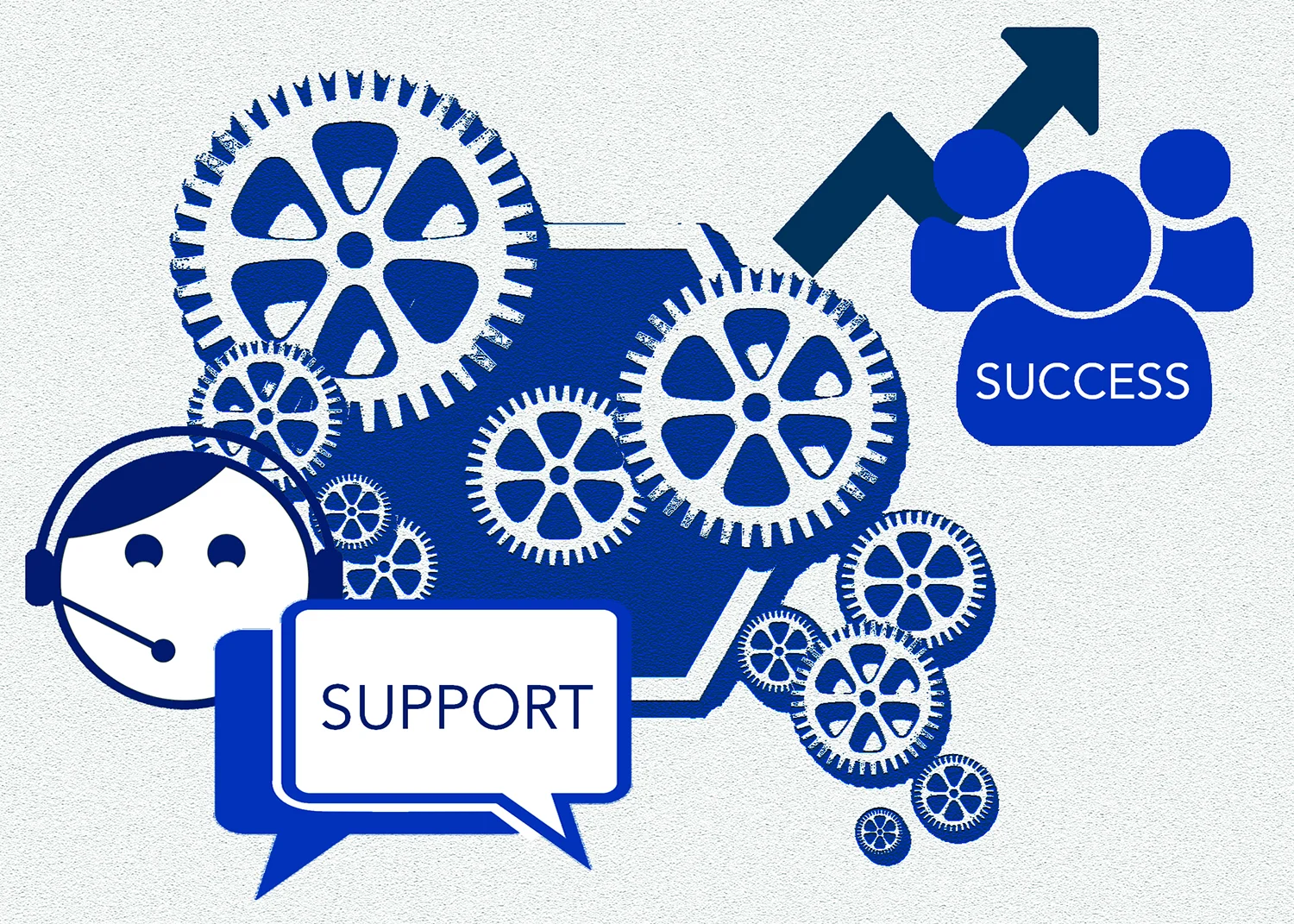A Rapid Evolution
Customer Success is a rapidly evolving function, as it has come to the forefront of business discussions in the last few years. Amongst other inquiries, many professionals wonder what the difference is between support and success, and ask how the functions can collaborate. We decided to pose these questions to Mark Pecoraro, who has a 25-year track record of building and leading world-class enterprise customer service operations. He has been CEO at companies like Commerce One & SuccessFactors, as well as a Customer Success leader at Accept Software & Sybase.
1. Customer Success & Customer Support both talk about serving the customer, but how are they different?
Customers are sometimes confused because they don’t know whom they should approach & when. The key for clarifying this issue in B2B organizations is to clearly specific job responsibilities for each group.
The role of a Customer Success Manager should be primarily, if not entirely, proactive. The CSM should be solely focused on the health and ‘success’ of the customer, instead of getting caught up in the day-to-day ‘break & fix’ cycle. Ideally, the CSM should own the relationship with the customer. As an advocate within the company, they should coordinate resources to ensure that the customer is working well with, and is happy with the basic services and value proposition the company provides.
Customer Support, on the other hand, should serve two purposes:
1.) Technical Troubleshooting: handling all technical problems related to the product such as deep product usage issues, configuration, or trouble-shooting.
2.) Customer Service: to deal with any other customer issues, such as questions or product issues. Both these functions are mainly reactive.
2. How do you think Customer Support and Customer Success should work together?
Customer Support and Customer Success should communicate with each other, but remain independent departments. Customer Success can be structured as a parallel organization to Service, but with the focus of helping customers properly consume your solution, instead of putting out fires like the Support team. Any overlap should be restricted to the passing of account details.
3. Should the same executive own both Customer Support and Success?
Ideally the Head of Customer Success should own Customer Success, Support, Training, and Services. Everything related to making a customer successful should originate from this position.
However, they should not be team members in the same organization. Customer support’s role is simple: to solve customers’ problems solved quickly and accurately. They don’t always require the same person to resolve every issue. In contrast, a CSM is a proactive value-added resource. Sometimes when a support professional transitions to a CS role, they can get stuck in a never-ending break-fix cycle.
Customer Success Managers should never get into the break-fix cycle, but instead focus on becoming a strategic resource to proactively achieve healthy and satisfied customers. This is done most effectively when Customer Support and Customer Success teams are managed as separate entities. Having a single owner helps in a coordinating responses to customers, and leveraging synergies.
4. Do you think the two groups should be on a common platform and use same tools?
This is an issue I often wonder about. There are many collaboration systems like Slack, Yammer, or Chatter that could be used to keep the two groups on the same page, but they don’t do enough. Since CS teams need to be kept in the loop whenever a critical support issue is resolved, or when a customer is angry over an issue, it’s a good way to notify them, but unfortunately makes the transfer of information manual, and thus subject to human error.
In contrast, Customer Success platforms like Strikedeck integrate with support systems like Zendesk, Freshdesk, and Desk to provide customer health scores & customer activity updates as widgets within these systems. This way, support teams can prioritize support tickets and stay in sync with CS teams within a system that provides updates to the customer objects automatically.
5. Do you think Support folks will make better CS Managers than professionals from Sales or Service backgrounds?
I think folks from any background, including support, sales, services, account management and even sales engineers, who have empathy for customers, can excel as CSMs. I have observed the trend that people with a background in Sales perform better when it comes to renewals and upsells, but when it comes to customer advocacy and internal championship, people with Support backgrounds excel.
6. Last question, how do you think support and success organizations will evolve over the time?
Customer Success is a fast and evolving role, and there is not yet a clear and consistent way in how and why companies deploy their various service elements. Organizations are now experiencing a Customer Success learning curve, and figuring out through trial and error how they integrate the CSM role into their service processes. Without a thoughtful approach to the role, the mode of work, and the business model, establishing a scalable Customer Success organization can be a painful path.

